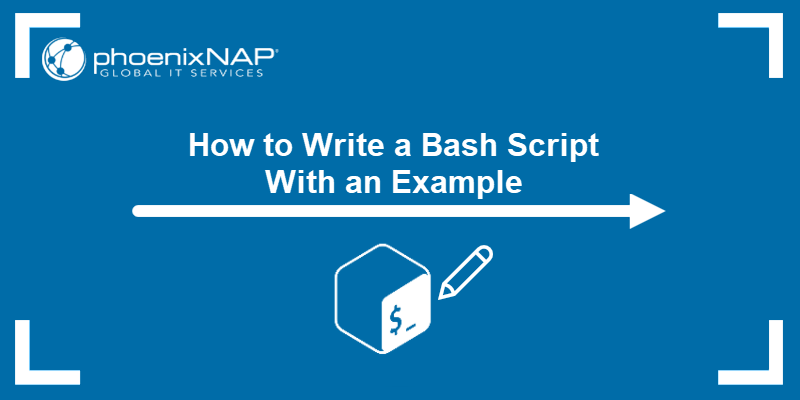

Now navigate back to the directory containing all the subjects, remove the sub-100 directory and run the script. This is discussed in more detail in the book chapter in the link below. Then, you can use conditional statements in awk to print the onset times for specific experimental conditions, and redirect that output into a corresponding text file. You can redirect the output of this command into the input for the awk command by using a vertical pipe. For our fMRI analysis, we want the columns that specify the onset time and duration, as well as the number 1 as a placeholder in the last column. Here are the basics about how it works: If you go into a subjects’ func directory and type cat sub-08_task-flanker_run-1_events.tsv, it will return all of the text in that file.

Awk is a text processing command that prints columns from a text file. The body of the for-loop contains something else that is new, a command called awk.
SHEBANG FOR BASH ON MAC CODE
This is a simple example, but you can see how you can add as many lines of code as you want. This will run all of the code in the script, just as if you had typed it out by hand. In a Terminal, navigate to the Desktop and then type bash printNums.sh to run it. sh extension signifying that the file is a shell script.
SHEBANG FOR BASH ON MAC MAC
The Mac (and many UNIX and Linux systems) also features a graphical user interface to make working with the computer even easier. And like most Unix or Linux based systems, the command line interface is one of the key methods for interacting with the operating system. Now click on File -> Save As and call it printNums.sh, with the. The Mac makes use of a UNIX-like operating system. Some coders prefer to put a space between each major section of code this is a stylistic choice that is up to you. For example, before the loop we could write a comment about how the following code will print the numbers 1 through 3. It is also helpful to include comments with the pound sign: Anything written after the pound sign will not be interpreted by the shell, but is useful for the reader to know what the command is doing. This allows the eye to quickly see the structure of the code and guess where certain commands are located. It is good coding practice to indent the body of a for-loop or conditional statement, usually with a tab or a few spaces.


 0 kommentar(er)
0 kommentar(er)
